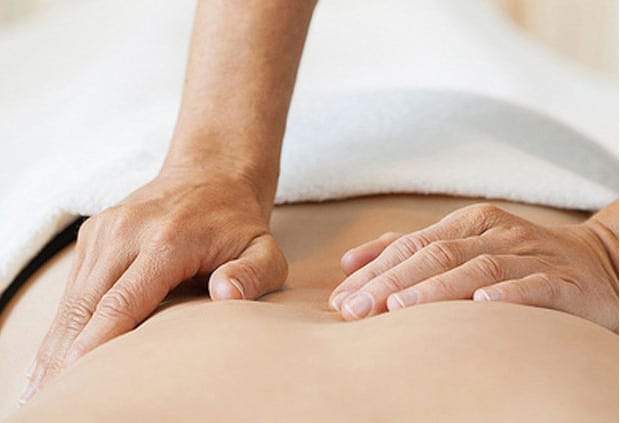September is National Prostate Health Month, and it's a good time to learn about what your prostate is, what it does, and how you should care for it as you age. As we covered in an earlier article, the prostate is a small compound gland that plays an important role in the male reproductive system. It creates a milky fluid that makes up most of the content of semen.
Several issues can affect the prostate as men get older; most symptoms show up sometime after 40, but disorders can begin at any age. The most common conditions include prostatitis (inflammation of the prostate), enlarged prostate, and prostate cancer. There's some overlap between these conditions and their symptoms.
How Prostate Conditions Form and What to Know About Treatments

As you age, hormonal changes and other natural processes can affect how your prostate functions. Your prostate grows throughout your life, and various factors (including your own biology) can affect this growth. This sometimes results in an enlarged prostate that puts pressure on your bladder and urethra.
If you have an enlarged prostate, you'll frequently feel the need to urinate - in fact; you might feel like you need to go again as soon as you're finished. You may wake up several times per night to go to the bathroom, but many sufferers cannot sustain a strong flow when urinating.
You may also experience sexual problems, including erectile dysfunction (ED). You should immediately make an appointment with your doctor if you experience any of these symptoms to get a clinical diagnosis. The good news is that there are quite a few effective treatment options, which vary according to your age and your condition's exact nature.
Are There Benefits to Prostate Massages and Enemas?

Among in-home treatments, prostate massage is an especially effective therapy for many men. It's also extremely pleasurable (hence its popularity). You'll need a high-quality prostate massager, which inserts rectally - uses plenty of water-based lubricants and choose a smaller tool if you don't have much experience with anal penetration.
By moving the massager against your prostate, you can stimulate an orgasm, and the increased blood flow may help reduce the uncomfortable symptoms associated with the condition. Some urologists also think that massage could relieve the tension in the nerve endings around the prostate, essentially providing less pressure around the gland.
A gentle massage is recommended. Applying too much force could cause pain and increase the chances of an infection. One urologist notes that an "aggressive" massage could prompt an autoimmune response. Go slow, be gentle, and use lots of lubrication.
If you experience pain from an enlarged or inflamed prostate, your doctor may also recommend regular enemas with warm, sterile (but not antibacterial) water. This can temporarily reduce inflammation, limiting the pain and allowing for normal prostate function. However, it is important to use a sanitized enema kit, as you may increase your risks of prostatitis by using unsanitary materials. Talk to your doctor before performing an enema.

Physicians will often use medications to prevent inflammation and treat prostatitis causes; as root causes can vary from case to case, it is important to seek medical attention as soon as you notice symptoms. In some cases, you may need antibacterial medications or surgery. This article should not be interpreted as medical advice.
If you have prostate issues, you should always speak with your physician to diagnose and create an appropriate treatment plan. It's also important to get regular prostate examinations after age 40 (earlier if you have a family history of prostate cancer).












